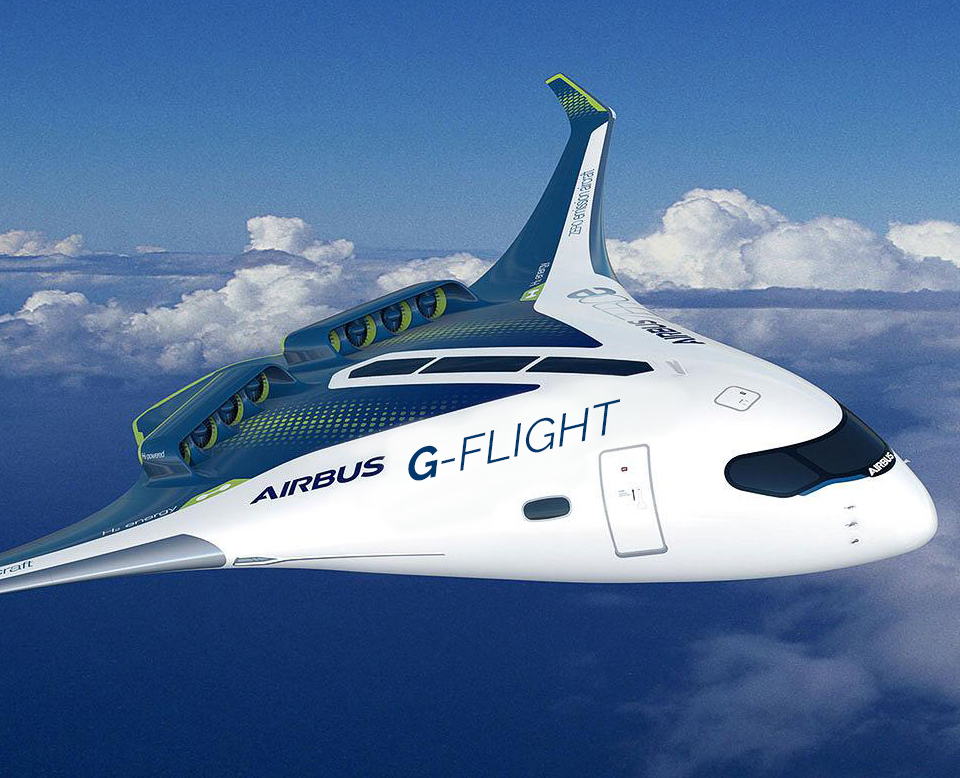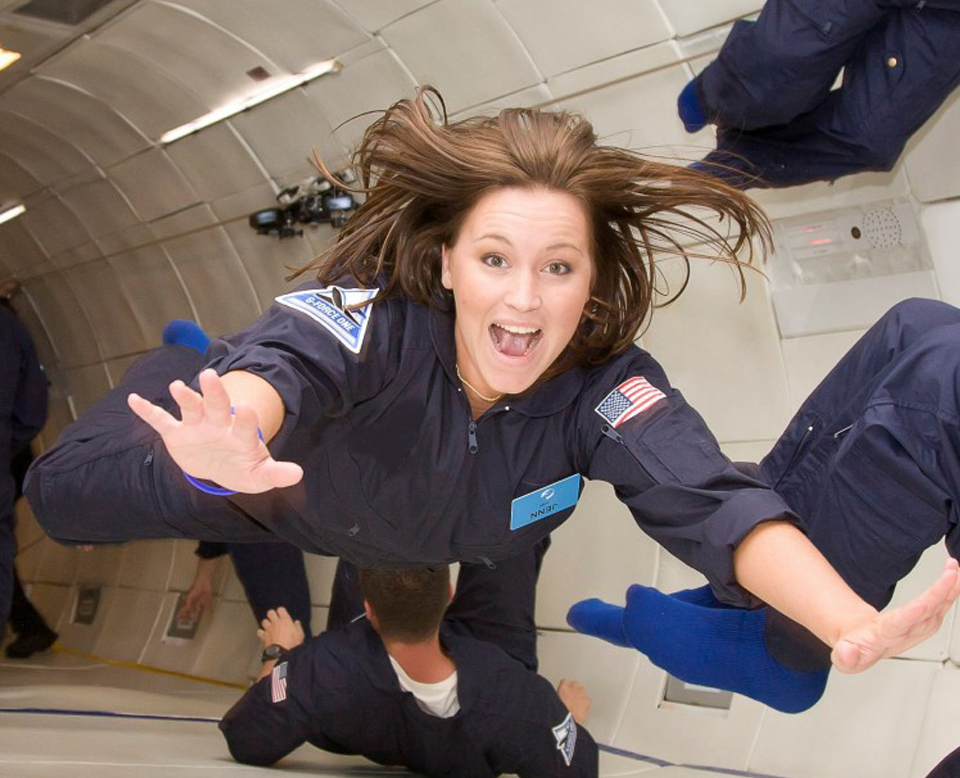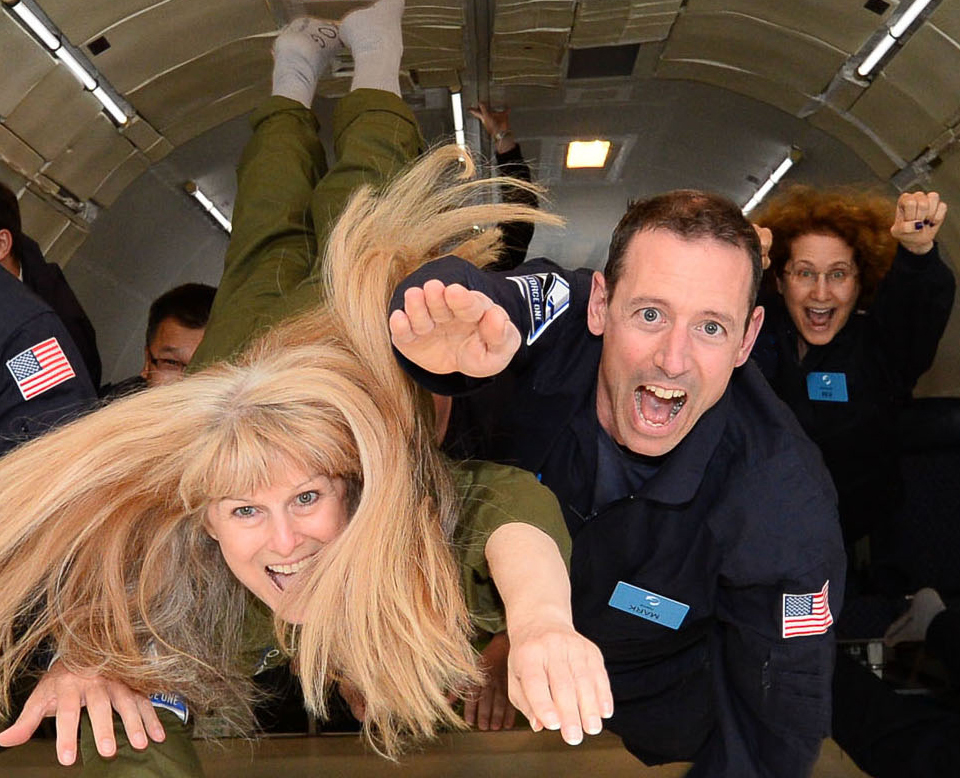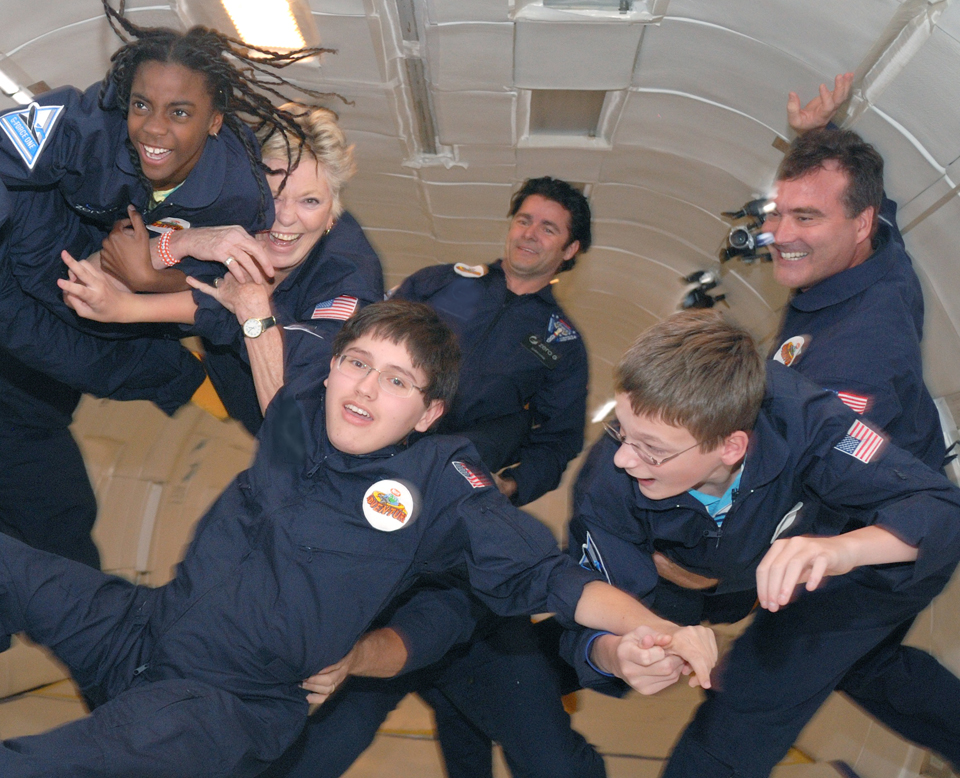comet headquarters and our history

Space travel may still be a few years off, but COMET is making sure you get a taste of that zero-gravity life in 2021. Based out of Santa Barbara, California, COMET has been developing, testing, and perfecting the zero gravity aircraft for over 12 years. After years of meticulous procedures and safety regulations, co-founders Dr. Luis Ortiz, veteran astronaut Melissa Carson, and NASA engineer Todor Relev acquired FAA approval for G-Flight, a specially modified Boeing 727-200, to take passengers on commercial parabolic flights.
In August 2004, G-Flight flew its first commercial flight operating under the same safety standards of all major air carriers and established its place into the extreme tourism industry as the first and only commercial zero gravity flight for the general public. Apart from commercial flights, G-Flight also provides research and educational flights.



